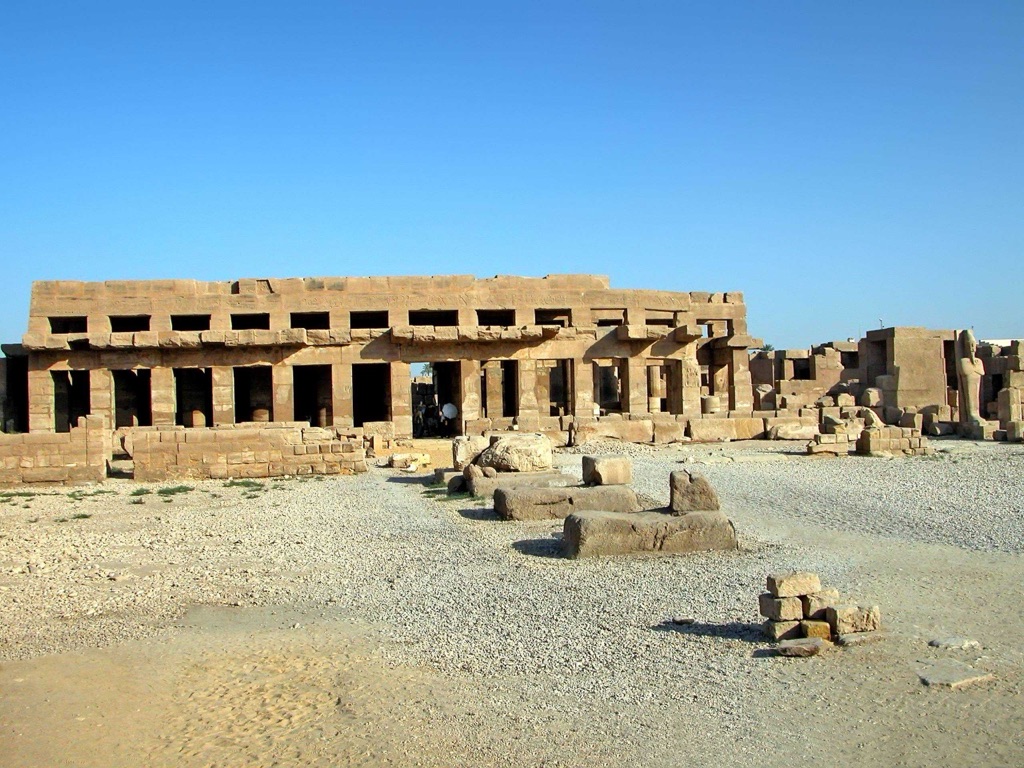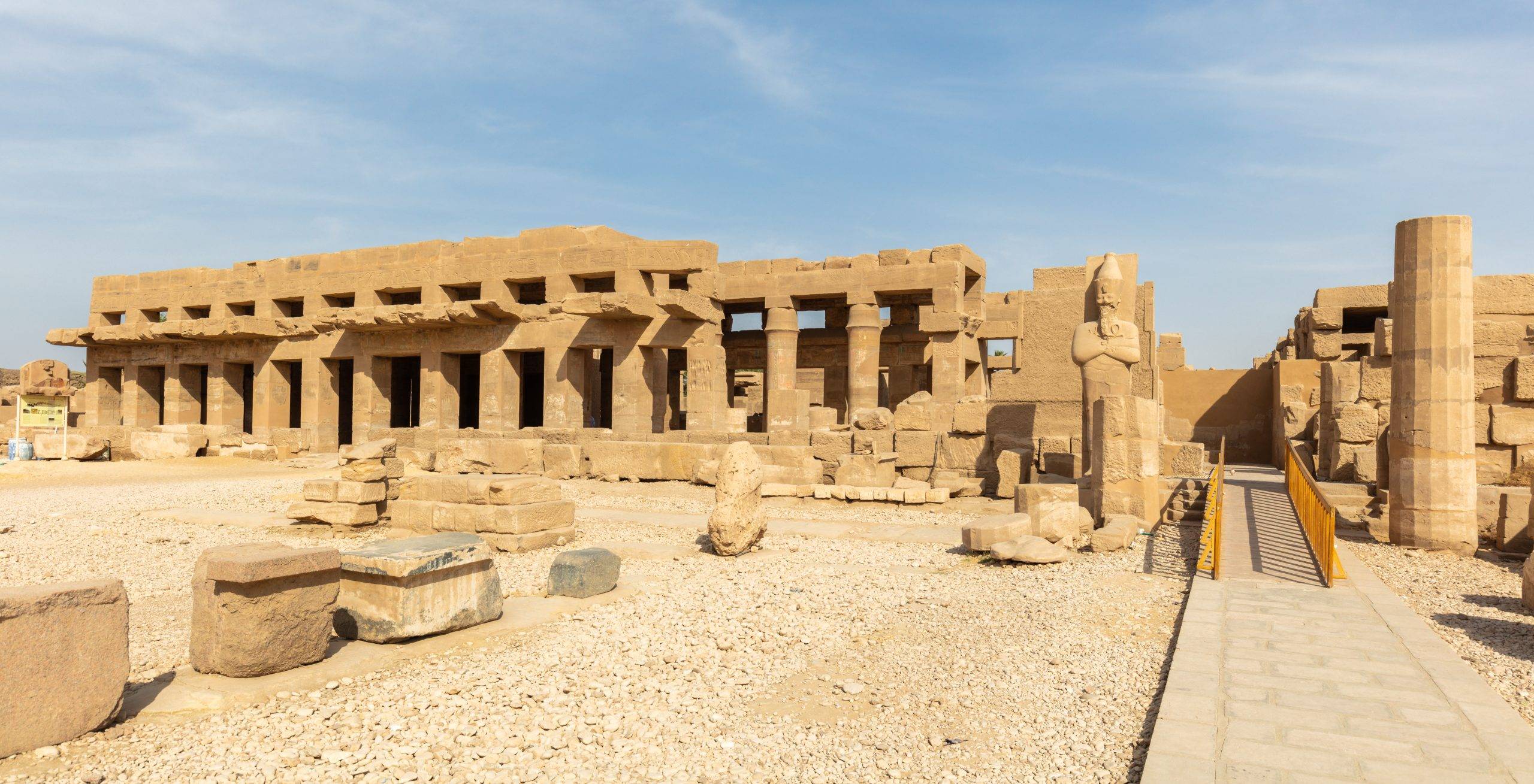Located in the ancient city of Karnak, Egypt, the Festival Hall of Tuthmosis III, also known as the Akh-menu, is a fascinating historical site that has intrigued historians and archaeologists for centuries. This architectural marvel, built by one of Egypt’s most powerful pharaohs, offers a unique glimpse into the grandeur and sophistication of the New Kingdom era.
Get your dose of History via Email
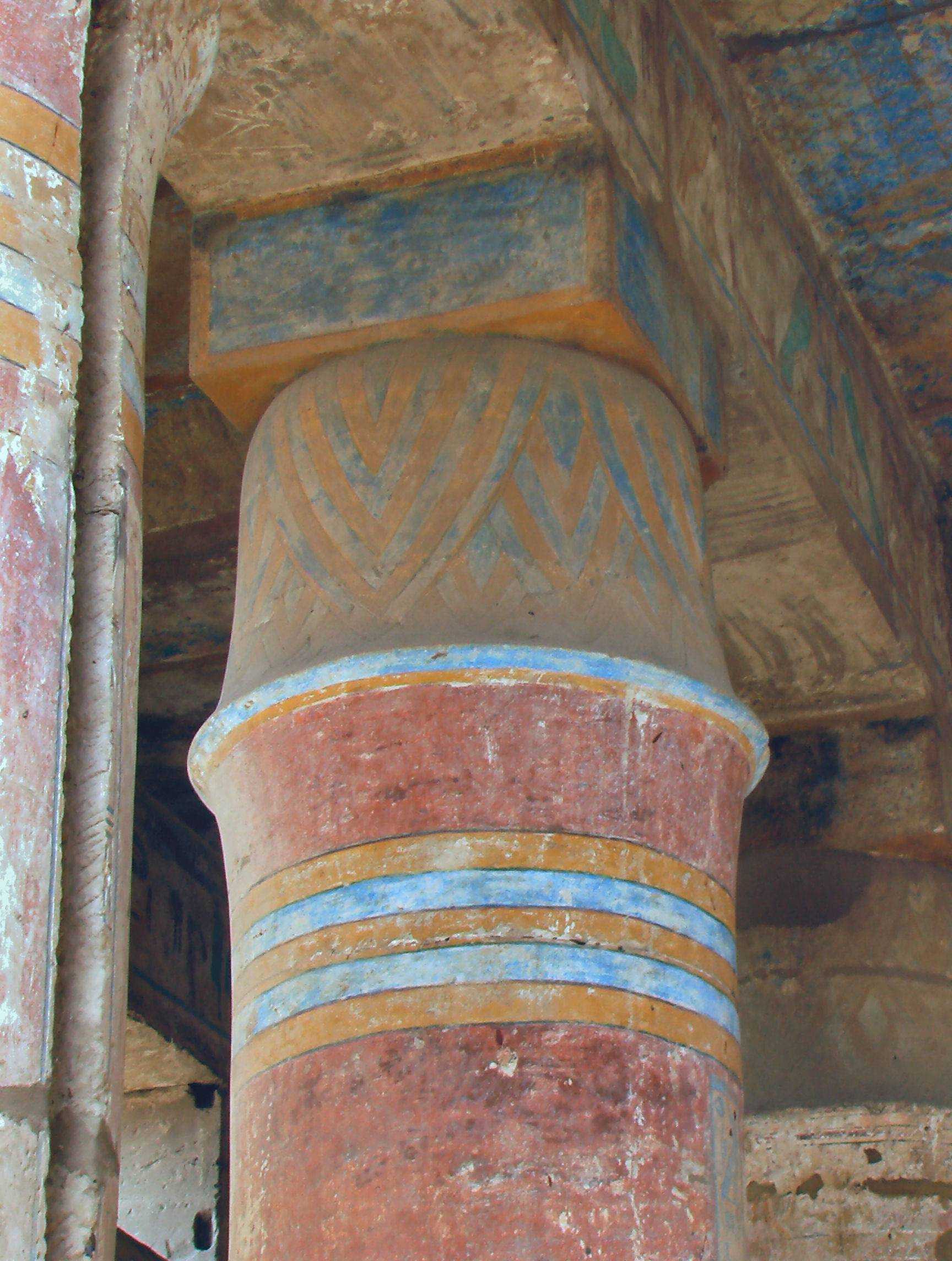
Historical Background
The Festival Hall of Tuthmosis III was constructed during the reign of the pharaoh Tuthmosis III, who ruled Egypt from 1479 BC to 1425 BC. This was a period of great prosperity and expansion for Egypt, known as the New Kingdom era. The Festival Hall was built within the precinct of Amun-Re, in the Karnak temple complex, one of the largest religious sites in the world. The hall was designed to commemorate the pharaoh’s jubilee celebrations, known as the Heb Sed festival, a significant event that marked the renewal of the pharaoh’s power and vitality.
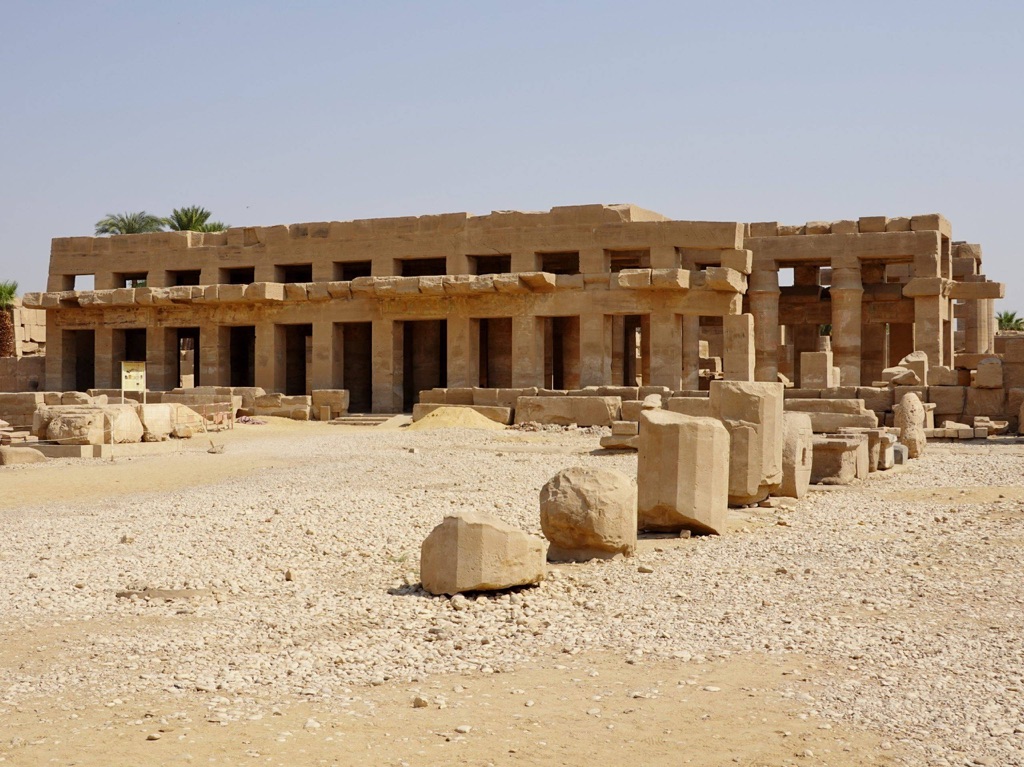
Architectural Highlights
The Festival Hall of Tuthmosis III is a masterpiece of ancient Egyptian architecture. It measures approximately 61 meters in length and 46 meters in width. The hall is built primarily of sandstone, a material abundant in the region and commonly used in ancient Egyptian construction. The structure is unique in its design, resembling an inverted papyrus bundle, a style not commonly seen in other Egyptian temples. The hall is divided into a central nave and two side aisles, with the central nave elevated above the aisles, supported by columns shaped like the tent poles of the military campaign tents used by Tuthmosis III. The walls of the hall are adorned with intricate bas-reliefs depicting various scenes from the pharaoh’s life and his military campaigns.
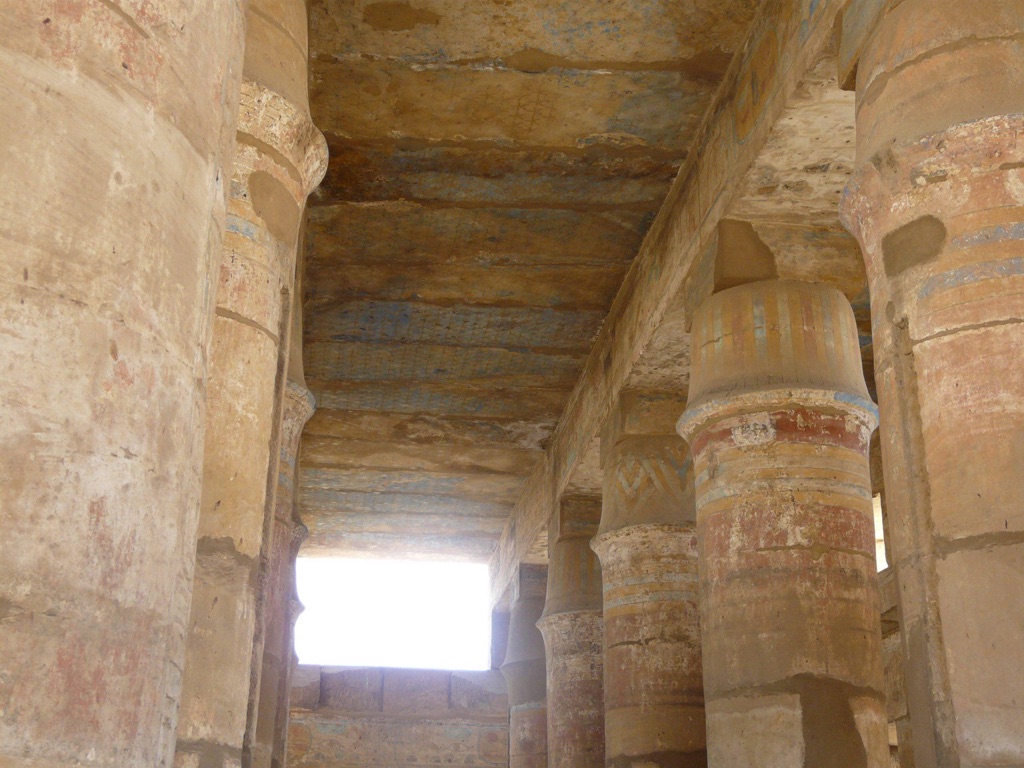
Theories and Interpretations
While the primary purpose of the Festival Hall was to celebrate the Heb Sed festival, some scholars believe it also served as a symbolic representation of the pharaoh’s military campaigns. The unique design of the hall, resembling a military tent, and the bas-reliefs depicting Tuthmosis III’s victories, lend credence to this theory. The dating of the hall has been established through historical records and radiocarbon dating of organic materials found at the site. The astronomical alignment of the hall is also of interest, as it aligns with the winter solstice, a significant event in the ancient Egyptian calendar.
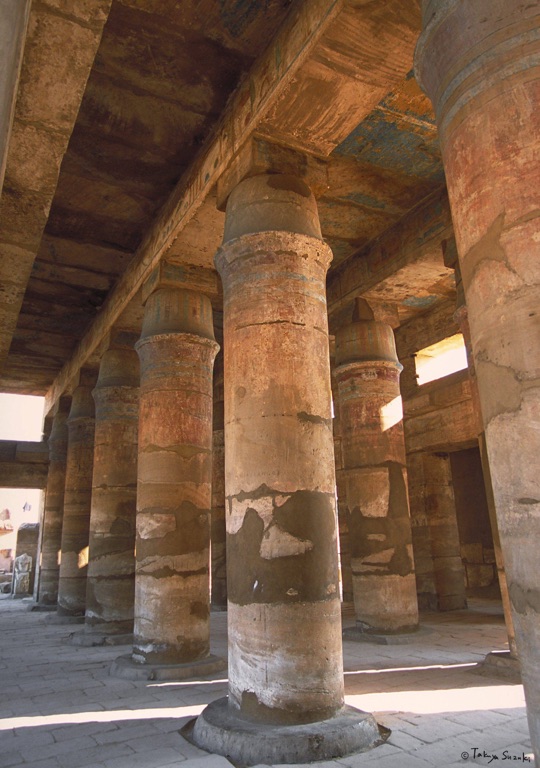
Good to know/Additional Information
One of the most fascinating features of the Festival Hall is the “Botanical Garden” room. This room features detailed carvings of various plants and animals that Tuthmosis III encountered during his military campaigns in foreign lands. These carvings provide valuable insights into the biodiversity of the ancient world and reflect the pharaoh’s interest in the natural world. The Festival Hall of Tuthmosis III is not just an architectural marvel, but also a treasure trove of information about the life and times of one of Egypt’s greatest pharaohs.
